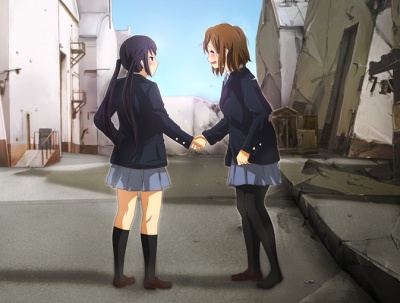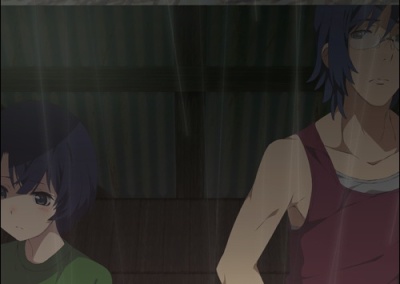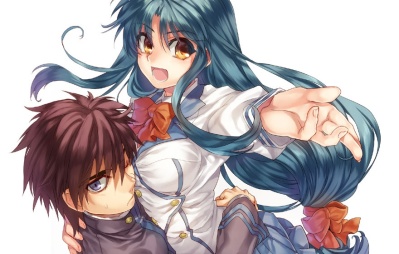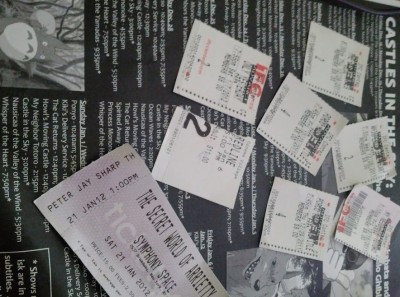 You know how some people talk about media, they assume that if people pay for something, it will continue to exist? Is it even true?
You know how some people talk about media, they assume that if people pay for something, it will continue to exist? Is it even true?
I’m inclined to think on the whole, that’s just not true. I mean I bought every “main” Sakura Taisen game and where’s #6? And I’m not even counting the US release of ST5. It’s probably better to just concede that the thinking about paying into what exists in the future is just not a reliable indicator. Every single franchise that died had paying customers, and before someone exlaims about not having enough of them, it needs to be established that there has to be a limit (ie., when is it ever enough?), and a personal decision to buy something should have no impact if everyone else is buying the same thing. Certainly that’s not a criteria to any media criticism unless, well, Â you actually sell media for a living. Or if you are a normal Joe Schmoe who buy games partly motivated by being able to talk about said game with other guys (for example).
There is a case, however, where it’s really, really clear cut. iM@S DLCs. The other day there was an announcement about how if you sign up for that iM@S Visa credit card, you can get a 10% discount on all future DLC purchases. It’s a small motivation, second to having, well, an iM@S credit card. I mean that would be why I sign up for one (if I could, and I can’t). The bigger issue is that it is until only recently that I realize how much all those DLC stuff costs. PS3’s iM@S2 contained the first 3 “volumes” of iM@S2 DLC available to the Xbox 360 version of the game, which totals to like, 25000 yen. That’s precious money some poor otaku has actually spent on the game. I mean, it’s news enough for Kotaku (well, that doesn’t mean much). It’s more than the cost of the PS3 iM@S LE box set. There are like, what, 8 DLC volumes now for the Xbox iM@S2 line? Imagine if someone had that credit card at the start–they could have saved like $50. And the game is not even a year old.
To me, that kind of numbers says that iM@S is a line of game that will continue to exist, just because it’s so expensive, and yet people are still buying it. I mean, surely that sort of money means there will be iM@S content from now to the infinite future, right? SakuTai Kayo show tickets are way less than that. And that’s just on the Xbox, which is pissant in terms of total reach in Japan. The PSN-PS3 combination will bring in some real cash, surely.
Another missing piece to the puzzle of seeing the “value” of iM@S DLC is understanding how attractive it is. I guess I’m saying it is a missing piece because I didn’t know how it was until I started playing the game. Now I have to fight these urges of trying to plunk down 200-300 bucks on PSN network cards so I can buy all the songs, at 1800 yen a pop.
Yeah, the singing tracks of 12 idols (do Ami and Mami use the same track? LOL) probably warrants a price more than your average CD single. But 4 of these kind of tracks equal the game itself, and 9 purchases of these songs equates to the freaking superduper BD-Game boxset.
But the DLC is really just scratching the surface. I haven’t even mentioned the G4U nonsense (truly, truly) which is like, what, 8000 yen every month times nine, at this burn rate? That makes buying the anime on BD like child’s play (what a great deal! I guess). Or collecting the massive amount of CD content fairly tame.
The list goes on. I think it’s only since the anime adaptation did Bamco really step into the merch game (I really dig these) beyond their software nonsense. But at the prices they’re charging at, this nonsense extrudes the notion that it ought to be hella profitable.
On the flip side, it’s much more difficult to see  how the money rolls in when it’s a cheap thing that is sold in bulk. Like BL on the Kindle store or Funimation’s top sellers. Or almost anything anime-related in America.




